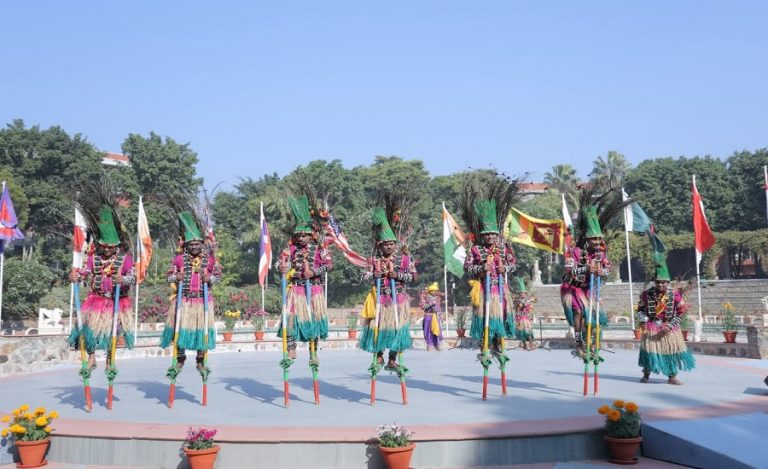In a major push for eco-tourism, the Government of Jharkhand has inaugurated a Jungle Safari in the scenic Netarhat forests of Latehar district. The initiative, launched by State Minister for Tourism Mr. Sudivya Kumar, aims to provide tourists with immersive experiences of the ecosystem while generating employment and income for local communities.
Netarhat: The Hidden Gem of Jharkhand
Nestled at an altitude of 3,622 feet, Netarhat, often called the ‘Queen of Chotanagpur,’ is renowned for its breathtaking sunrise and sunset points. Historically dubbed ‘Nature’s Heart’ by the British, Netarhat offers serene escapes, waterfalls, and lush green hills. Situated 157 kilometers from Ranchi, it serves as a gateway to the Palamau Tiger Reserve and is ideal for biodiversity-focused tourism.
Jungle Safari Routes and Timings
The Jungle Safari offers two distinct routes for visitors:
- Morning Safari: 5:30 AM to 10:00 AM, starting at Koel View Point, covering Ghaghri waterfalls, Tahir Fall, Chalet House, and concluding at the forest rest house.
- Afternoon Safari: 2:00 PM to 7:00 PM, allowing relaxed exploration of Netarhat’s forests and waterfalls.
Affordable Pricing for Tourists
The safari pricing is designed to encourage participation:
- Rs 300 per person for individual visitors
- Rs 4,100 for a 16-seater vehicle
- Rs 3,000 for a 10-seater vehicle
- Rs 3,000 for open safari routes from Forest Rest House to Suggabandh or Lodh Fall
Empowering Local Communities Through Tourism
A key objective of the Jungle Safari is to integrate local communities into the tourism ecosystem. Employment opportunities are being created for guides, drivers, and hospitality workers. Local businesses such as hotels, restaurants, and craft markets are expected to benefit, with a portion of revenues reinvested in community development initiatives.
Sustainable Tourism and Environmental Conservation
The Jungle Safari initiative reinforces Jharkhand’s commitment to eco-friendly tourism. It emphasizes balancing economic growth with environmental conservation, promoting responsible tourism practices, and showcasing the state’s diverse natural landscapes—from dense forests to rolling hills and waterfalls.
Conclusion: Positioning Jharkhand as a Leader in Eco-Tourism
With the launch of the Jungle Safari and similar initiatives, Jharkhand is emerging as a leading eco-tourism destination in India. The government’s efforts in sustainable tourism and community involvement ensure that Netarhat becomes a model for responsible travel and rural development.



























